No turning back. World’s largest radioactive waste melter starts in Eastern WA
There’s no turning back at the Hanford site’s vitrification plant after the heat up of the world’s largest melter for radioactive waste started Saturday, 20 years after construction of the plant began.
The 300-ton melter now must remain hot continuously around the clock as it initially makes practice glass and eventually starts glassifying radioactive waste for the first time at the nuclear reservation.
Glassification prepares the waste for permanent disposal.
“Permanently removing the waste from Hanford’s tanks and solidifying it is one of the most important elements of the entire cleanup mission, and melter heat up is an extremely important step in that process,” said David Reeploeg, the Tri-City Development Council vice president for federal programs and the executive director for Hanford Communities, a coalition of Hanford area local governments.
The Department of Energy’s goal is to start vitrifying radioactive waste stored in underground tanks, some since World War II, by the end of 2023.
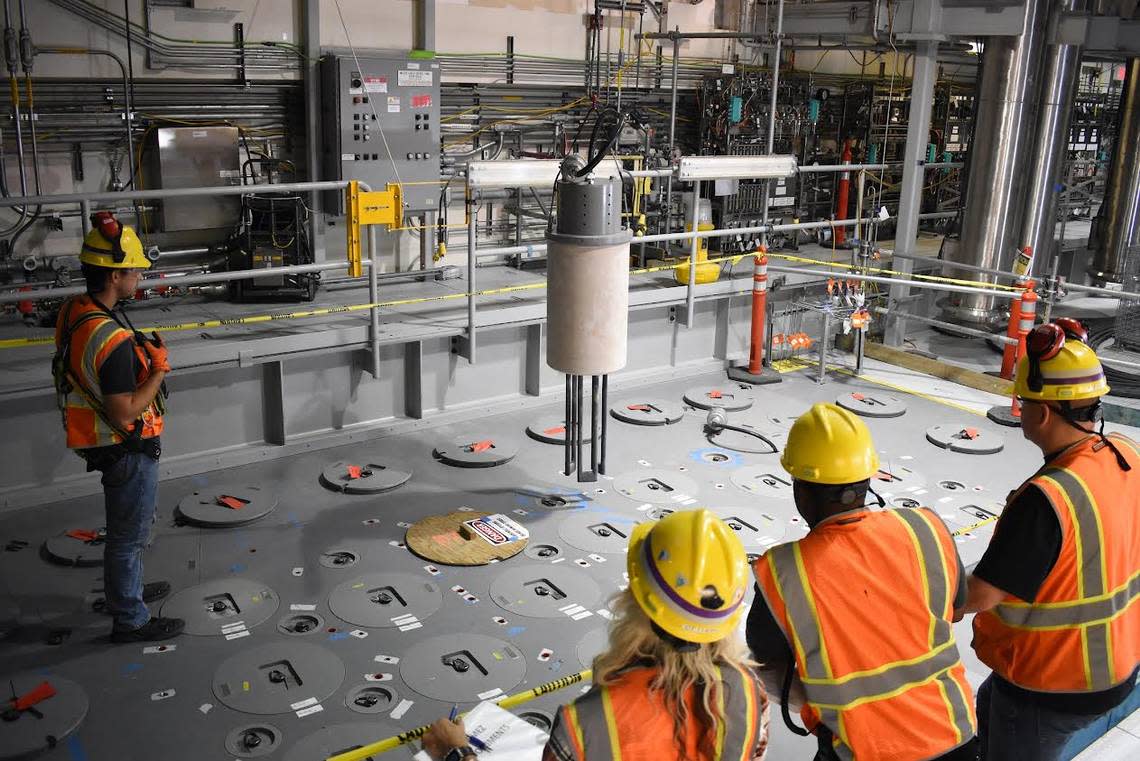
The 580-square-mile Hanford nuclear reservation near Richland in Eastern Washington produced about two-thirds of the nation’s plutonium for its nuclear weapons program from World War II through the Cold War.
Uranium fuel irradiated at Hanford was chemically reprocessed to remove plutonium. The mix of radioactive and other hazardous chemical waste from reprocessing has been stored in underground tanks and many of them prone to leaking. They hold 56 million gallons of the waste until it can be treated for disposal.
The melter that is being heated up is the first of two at the $17 billion plant’s Low Activity Waste Facility and is expected to operate continuously for at least five years.
“When we finish heating up the first melter, that will be another significant step in commissioning the Waste Treatment and Immobilization Plant for future operations,” said Val McCain, project director for Bechtel National.
Bechtel holds the contract for building, starting up and commissioning the waste treatment, or vitrification, plant to prepare it to treat radioactive waste.
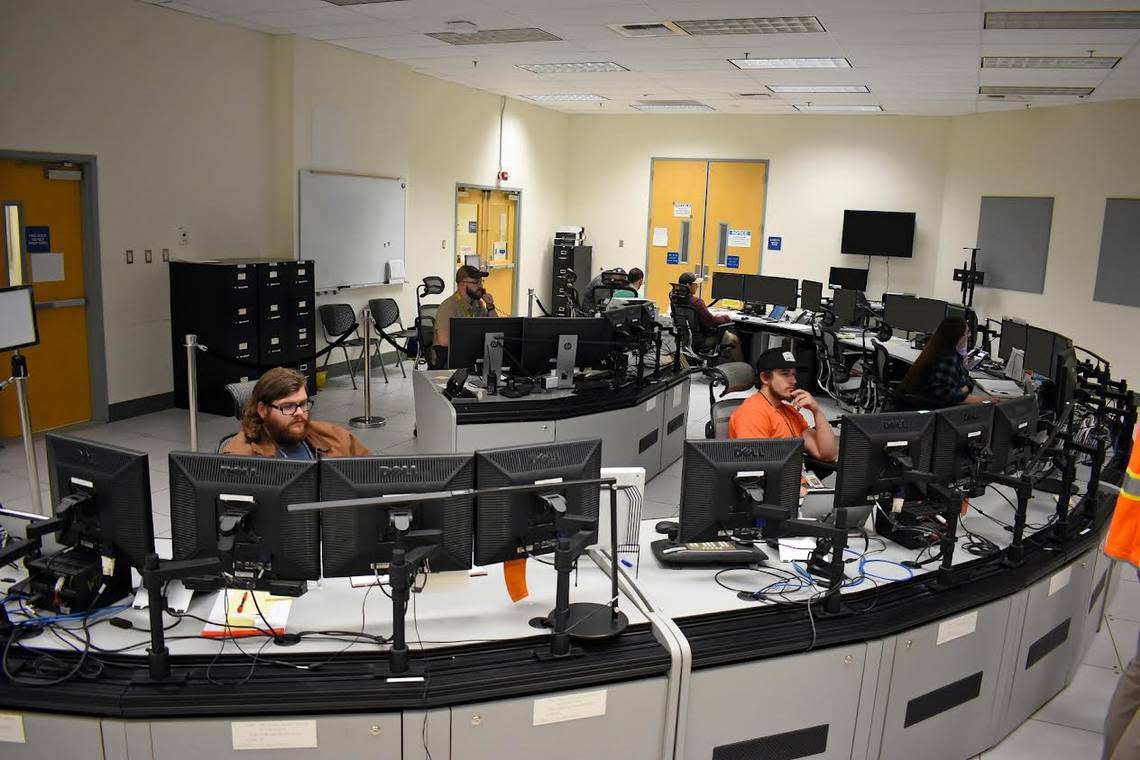
DOE and Bechtel plan a “disciplined approach” to heating up the first melter to 2,100 degrees Fahrenheit, said Brian Vance, DOE’s Hanford site manager.
Workers are expected to spend about two weeks gradually heating the melter as glass beads are added in batches to be melted during the initial test run. The molten glass that results will be poured into a stainless steel container and removed from the building.
Once the melter is fully commissioned and begins to treat radioactive waste, the glassified radioactive waste it produces will be buried at the Integrated Disposal Facility, a lined landfill in central Hanford.
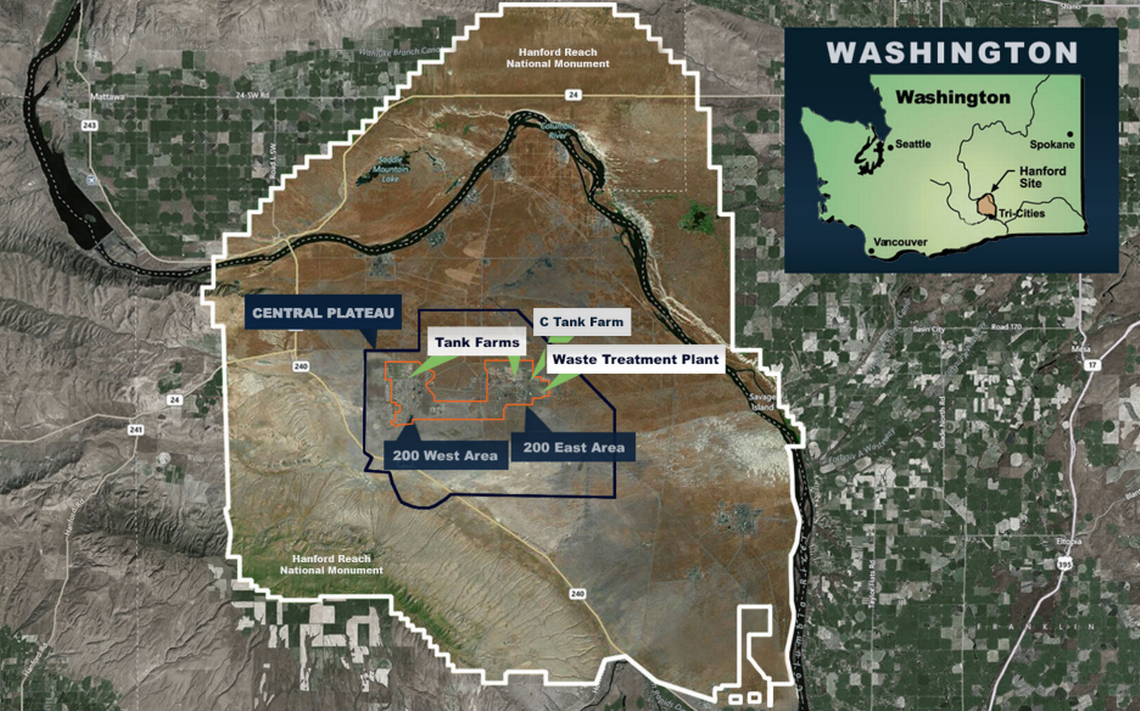
Initially, the vitrification plant will only treat some of the least radioactive tank waste, called low activity waste.
Construction on the plant’s High Level Waste Facility has been mostly stalled since 2012 when technical issues were raised, causing DOE to shift its focus to treating low activity waste first.
DOE faces a federal court deadline to also be treating high level radioactive waste, in addition to the initial treatment of low activity waste, by 2033 and to have the vit plant fully operating by 2036.
Slow Hanford melter heat up
Heating has started on the first melter using temporary startup heaters, with the heating planned to gradually transition to operational heaters as the molten glass rises in the melter and reaches their electrodes.
Bubblers will be inserted into the melter to keep the waste mixed and prevent any hot spots from forming.
The heating is done gradually to slowly dry out the insulation within the melter.
The melter’s temperature cannot be dropped now without damaging the melter’s insulation, or refractory, which can harden and become ineffective if the temperature cools.
Once the melter temperature reaches 2,100 degrees, the next month or two will be used for evaluation and checks of the initial process.
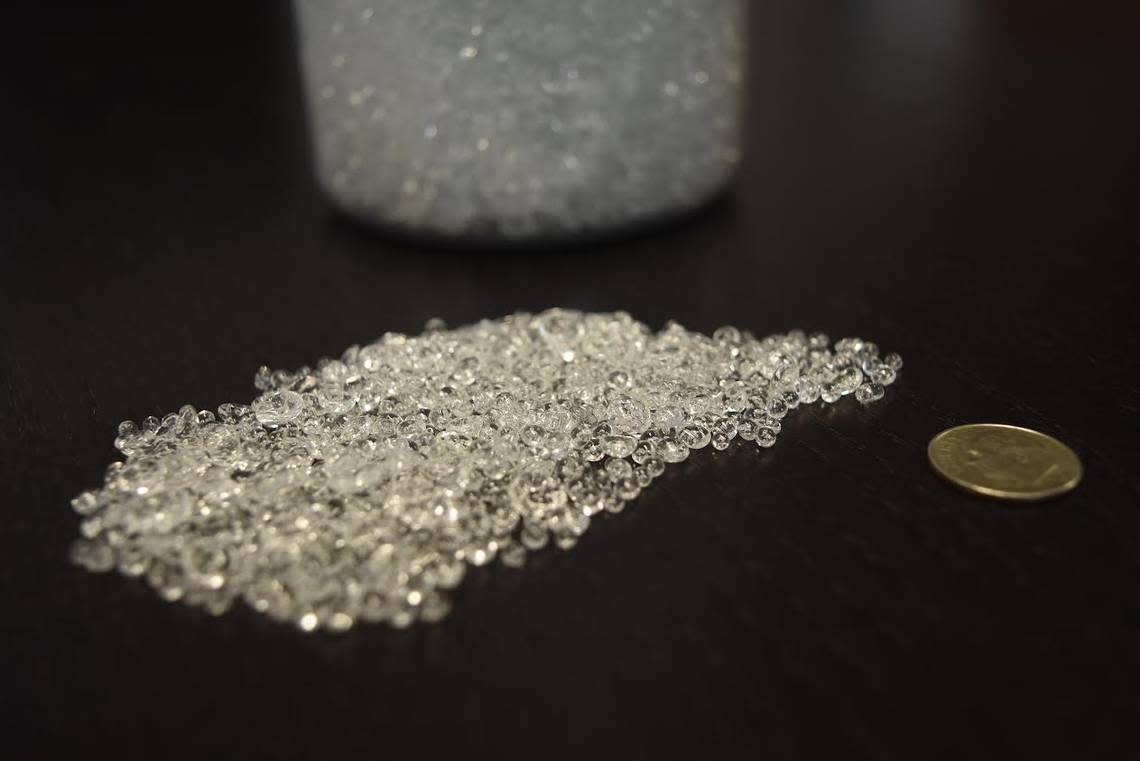
A Richland company, Fluid Controls and Components, is supplying 108,000 pounds of the glass beads, or frit, needed for the nonradioactive commissioning of the Low Activity Waste Facility.
It mimics waste by dissolving into a solid form at high temperatures.
“It was the first time we dealt with frit,” said Russ Watson, vice president of the Richland company, as the company worked to make the first delivery. “The chemistry and physical profile of the frit were very complex. The specifications were strict, and the monitoring process was extensive.”
Lessons learned from heating up the first melter will be used to begin the same process for the Low Activity Waste Facility’s second of two melters.
Once both are at operating temperature, the facility next will heat up a nonradioactive simulant of tank waste with glass former as part of preparations to treat radioactive waste.
Because the melters have an expected lifespan of five years, preparations have begun to assemble spare melters to have them ready when the initial melters need to be replaced.
Hanford vitrification plant
Starting up the first melter “required a tremendous amount of hard work and determination,” Reeploeg said.
Over the last two years, significant progress has been made to prepare the vitrification plant for the start of waste treatment, Vance said.
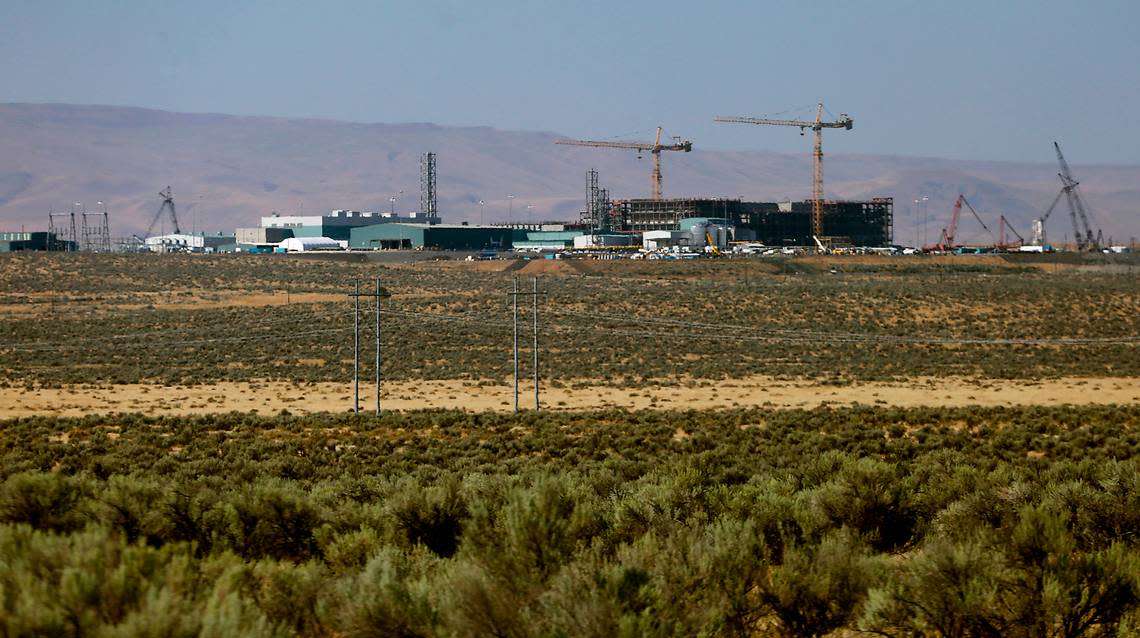
Construction was completed in early 2021 on parts of the plant that will be needed to treat low activity waste.
The Low Activity Waste Facility will be supported by the vit plant’s Analytical Laboratory, which will ensure the quality of the glass waste form produced; the Effluent Management Facility, which will help manage waste produced during treatment; and 14 support structures that will provide services such as water purification and electrical power.
In the summer of 2021 Hanford workers finished construction of the 3,500-foot-long pipeline between the tank farms storing waste to be treated and the vitrification plant.
The line uses a reinforced pipe within a pipe to guard against leaking as waste is moved to the vitrification plant in batches.
Early this year, work began to pretreat tank waste to prepare it for vitrification.
The Tank Side Cesium Removal System, or TSCR, started up in January, as the first industrial-scale processing of radioactive tank waste to prepare it for disposal in the Hanford site’s history.
Waste that has been pretreated to remove high level radioactive waste constituents to allow it to be treated as low activity waste is being stored until the startup of the vitrification plant.
